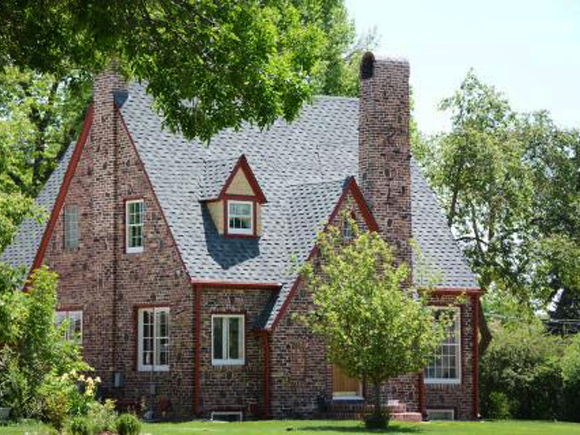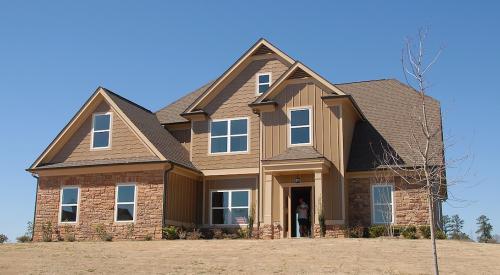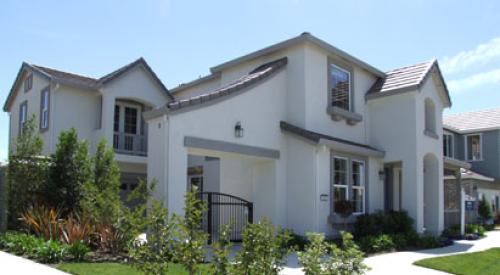The homeownership rate in the United States has dropped for the eighth consecutive year to the lowest it has been since 1989, and accompanying this trend is the highest demand in history for rental housing.
An annual report released Wednesday debunks the received wisdom that Millennials are driving the demand for rentals. "The State of the Nation’s Housing" by the Joint Center for Housing Studies of Harvard University, notes that households in the 45 to 64 age bracket represent twice the increase in renters as do households in the under-35 bracket.
Though the top 50 percent of U.S. earners are more likely to own, the upper half of earners accounted for some 43 percent of the mounting number of renters in the nation. Consequently, starts on multifamily are the highest ever in a quarter-century. A continued lift in job growth could amp up the demand even more, as Gen Y-ers opt to stop living with their parents and move into their own places. The Joint Center’s latest projections indicate that those younger than 30 will account for more than 20 million new households during the next 10 years, and that most of those households will be renters.
"The State of the Nation's Housing" chronicles a middle class burdened by rising rents, which, at 3.2 percent, have outpaced inflation by double. The study reports that almost 50 percent of renters allocate more than half of their income to putting a roof overhead. What’s more, this burden is creeping up the income ladder: Some 20 percent of renters who earn between $45,000 and $75,000 a year are now weighed down by the cost of renting.
The report credits single-family homes with helping to meet the current demand for rental housing. Renters in single-family detached homes increased by over 3 million between 2004 and 2013. Those most likely to be in the market for single-family homes are probably middle-aged and married with kids, households headed by a single parent, and childless married couples.
But progress of single-family starts is still sluggish, the report says. Though starts last year broke 1 million, the Joint Center adds that, housing crash notwithstanding, that number would have been a 50-year low. The good news is that in existing home sales, foreclosure-related sales have slowed, with slight growth in non-distress related sales.
“The lingering effects of the housing crash are clear,” says the report. “Despite the rebound in home prices, many homeowners are still left with negative or limited equity.” Using statistics collected by CoreLogic, the study cites the number of homeowners with less than 20 percent equity at 15 million. “Since these owners would be hard pressed to cover the costs of selling their homes and also come up with a down payment on another property, they are effectively shut out of the housing market,” the report says.
Unemployment is now below 6 percent, and even though the U.S. has seen steady job growth since 2010, the Joint Center's report cites the long-term drop in household income as a crucial consideration. Median household income in 2013 was $51,900, which is 8 percent below 2007 and comparable to 1995 levels. The report counters with news of a bright spot: Signs in the beginning of 2015 point to a lift in wages that could give a long-overdue and welcome boost to the housing industry.
Despite varying reports from government sources, the Joint Center’s report says that household growth is being spurred by both Millennials, the oldest of whom will turn 30 this year, and by baby boomers, who, by the next decade, will be driving the need for affordable housing that offers universal design and supportive services.
Links to the full report can be found here, and video coverage of the report's release is here. PB













